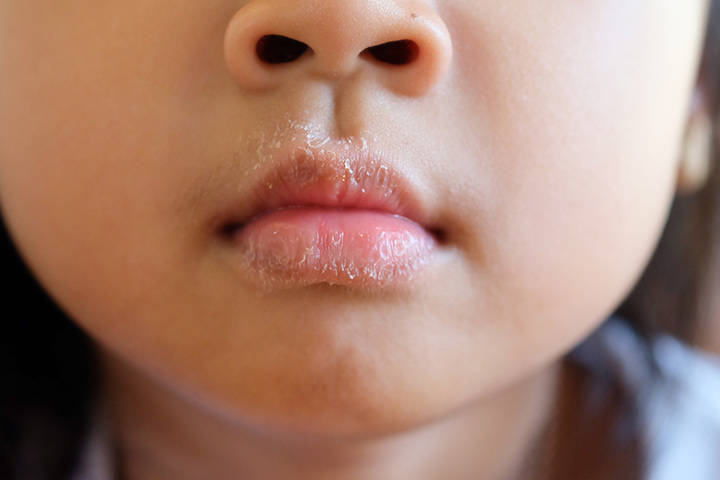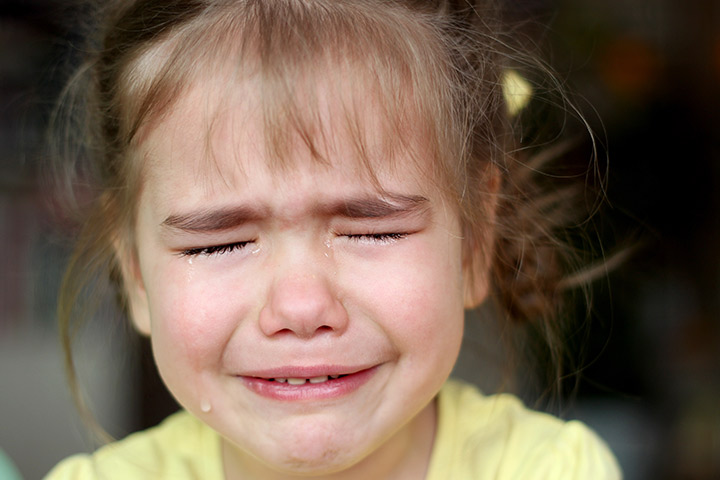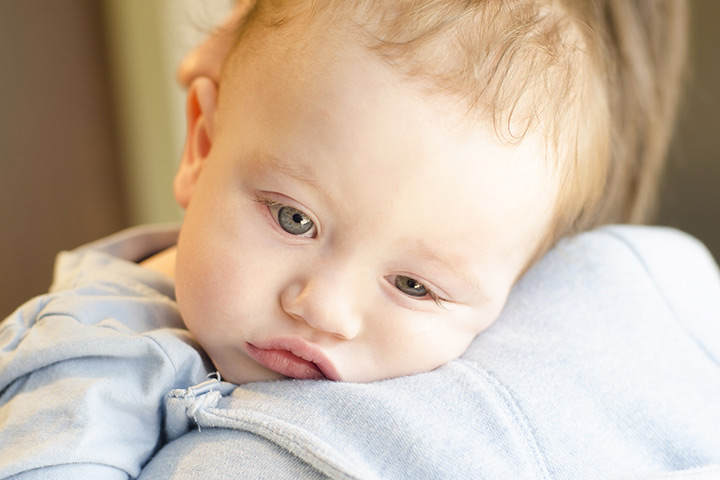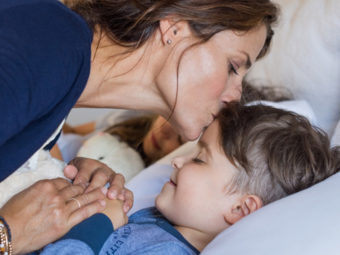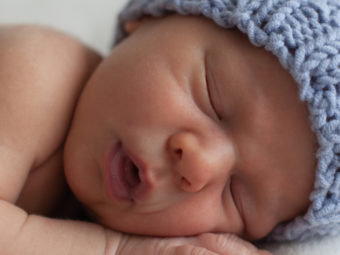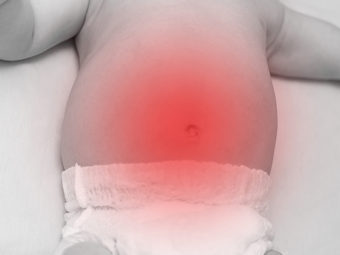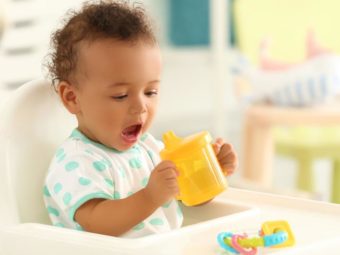
Image: Shutterstock
Dehydration is a condition that is common to almost everyone, young or old alike. It is a condition wherein there is a deficiency of the life-giving fluid in our bodies. The water from our body evaporates either through urination or sweating. Drinking sufficient amounts of water and eating enough water-rich food helps our body to recover from the loss. But when the evaporation occurs rapidly and there is a short supply of water, it results in dehydration.
Dehydration by itself is not fatal when taken care of at the right time. However, it does become a serious matter for concern, especially in babies and toddlers since they are unable to tend to themselves. And, at times, negligence can also prove to be life-threatening. Therefore, it is imperative to look out for warning signs of dehydration among toddlers and babies to ensure their safety. Here are a few of them:
Mild To Moderate Intensity
1. Unusually Less Active
The human body is comprised of nearly 75% of water (1). Therefore, it is quite natural for anyone, especially toddlers, to feel tired and show less interest in any kind of activity when dehydrated. If your child has been less active and fussy, watch out for signs of dehydration.
2. Dry, Parched Mouth
If your child is dehydrated, it is quite obvious that the mouth produces less amount of saliva. In the absence of a sufficient saliva, the mouth becomes dry and parched. Even the lips appear dry and may crack.
3. Less Frequency Of Urination
在正常circumstances, infants need a diaper change at least 6 times a day. Anything less than that is a sign of dehydration. Even for toddlers, longer periods of time without urination means they might be dehydrated.
4. Tears Are Less
With the decreased amount of water in the body, the eyes also produce less number of tears. As the toddlers become fussier and cry frequently, the lack of tears could also strain their eyes.
5. Soft Spots Sink In
A baby is born with a soft spot on the head, called a fontanel. It usually provides the necessary flexibility for the skull to come out of the birth canal during childbirth. Although firm, it takes nearly 18 months for the soft spots to completely harden. When toddlers of less than a year and a half are dehydrated, chances are that the soft spot might sink in.
6. Poops Less Often
As with urination, when toddlers and babies are dehydrated, they might find it difficult to poop. Not only will they pass stools less frequently, they could also suffer from constipation due to lack of water in the body.
7. Chapped Skin
We all know that the secret to a glowing skin is a well-hydrated skin. So, it goes without saying that the absence of water in the body is bound to affect the skin tremendously. The same holds true for babies and toddlers as well. When they are dehydrated, their skin becomes unusually chapped and dry.
Severe Intensity
1. Deep-Set Eye Sockets
The volume inside the eyelids is made up of water, collagen, and fat. This is essential to ensure elasticity to the eyelids. When a child is dehydrated, the eyelids tend to become thin due to loss of water and elasticity. This gives a deep, sunken appearance to the eye sockets.
2. Sleepiness
Under otherwise normal circumstances, any mother would be happy to find her baby feeling sleepy. However, that is not the case with dehydration. Severe dehydration results in lethargy, sleepiness, and tiredness for the most part of the day.
3. Urinating Only Twice In 24 Hours
Another sign of severe dehydration is when your baby or child urinates only twice a day. Also, observe the color of the urine. If your child has not been on any medication, yet his/her urine is a dark shade of yellow, then in all probability your child might be dehydrated.
4. Cool Feet And Hands
Kids and toddlers are a bundle of energy, which is why it is normal for them to have warmer feet and hands. However, if they exhibit unusually cold hands and feet with some discoloration (a slight tinge of blue) even in a cool climate, then it is a sign of severe dehydration.
Sometimes it is difficult to prevent dehydration. With kids and toddlers being hyperactive all day long, it is normal for them to sweat excessively. Add to it, their reluctance to drink water frequently only acts as a catalyst for dehydration. However, by being alert in observing these signs of dehydration and taking corrective measures on time, dehydration can be easily dealt with.

